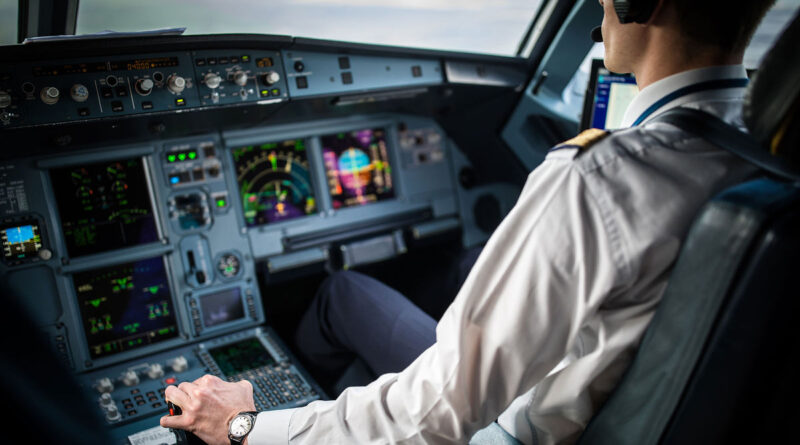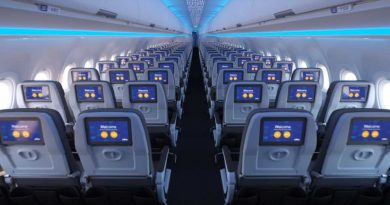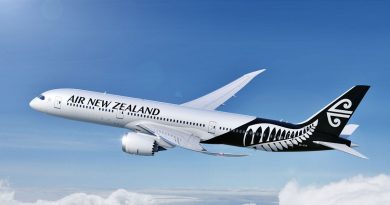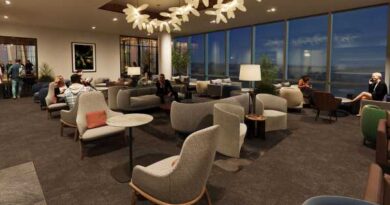A dispute over pilot training is stalling the FAA reauthorization bill
A dispute in the Senate transportation committee over measures impacting pilot training has stalled progress toward FAA funding reauthorization.
The House Transportation and Infrastructure Committee passed its version of the FAA Reauthorization Act on June 14 with a unanimous vote, setting the stage for a full vote on the House floor. Included in the bill is language that would increase the mandatory retirement age for commercial pilots from the current 65 to 67.
The House bill also has a provision that would allow aspiring pilots to obtain up to 250 hours of the flight hours they must accrue in order to fly for a commercial airline on a simulator, up from the current cap of 100 hours.
Both those measures are geared toward stemming a U.S. airline pilot shortage that the Regional Airline Association (RAA) trade group says has been a major factor in 61 airports losing more than half their flights since 2019.
Meanwhile, the Senate Committee on Commerce, Science & Transportation had been set to begin considering amendments to the draft text of its reauthorization bill on June 15 before a late amendment related to pilot training led the committee’s Democratic leadership to cancel the hearing and pause the process indefinitely.
The amendment submitted by Republican Sen. John Thune of South Dakota and Arizona Sen. Krysten Sinema, an independent who caucuses with the Democrats, would authorize the FAA to establish new, tailored training pathways that could reduce by 250 the number of flight hours certain aspiring pilots must accrue to crew a commercial flight.
Under existing regulations, pilots generally must log 1,500 hours to fly for a commercial carrier. Military pilots must log 750 hours. Pilots being trained as part of a four-year university program must log 1,000 hours. Pilots being trained as part of two-year college program must log 1,250 hours.
The amendment would only apply to military pilots and pilots being trained in a university or college setting.
Supporters of the existing regulations, most notably including the Air Line Pilots Association (ALPA) union and the surviving family members of the 2009 Colgan Air/Continental Express crash that killed 49 passengers in a failed landing in Buffalo, N.Y., credit those regulations with preventing U.S. commercial airline crashes since it went into effect in 2013.
But critics of the rule say that tightly tailored training programs are more effective in preparing pilots to fly commercial aircraft than requiring them to accrue lots of undefined flying hours, often on aircraft types not used by airlines.
ALPA took a firm stance against the Thune-Sinema amendment just before Senate transportation committee leadership canceled the June 15 hearing, saying that it would weaken pilot training and qualification requirements.
“This poison pill amendment undermines the current aviation safety regime that has resulted in the safest period in air travel in history,” ALPA president Jason Ambrosi wrote in a June 15 letter.
Committee member Tammy Duckworth (D-Ill.), who flew helicopters in the Iraq war, used even harsher language to describe the measure during a speech on the Senate floor.
“A vote to reduce the 1,500-hour rule for pilot training will mean blood on your hands when the inevitable accident occurs as a result of an inadequately trained flight crew,” she said, adding that it was 10 years of flying that enabled her to survive an incident in which her helicopter was hit by a rocket-propelled grenade.
But in a letter to transportation committee members on Wednesday, Faye Malarkey Black, CEO of the Regional Airline Association, implored committee leadership to allow the Thune-Sinema amendment as well as a separate amendment to increase the mandatory retirement age to 67 to go to a vote. Such a scenario could favor Republican supporters of the measures due to Sinema’s support in the closely divided committee.
“Today’s flight-time requirements have no stipulations or associated training, and this flight time is accumulated after pilots complete training,” Black wrote. “These flight hours are unsupervised and unstructured, taking place in aircraft and environments that are nothing like commercial flying, where pilots have no opportunity to practice relevant skills.
“Meanwhile, the past decade has brought vast advancements in academic training programs, including flight-simulation technology. The structured training environment offers the only way to expose pilots to risky situations they will never encounter building hours today.”
Congress must either complete FAA reauthorization by the end of September or pass a short-term extension, in order to maintain funding for the agency.
Source: Read Full Article



